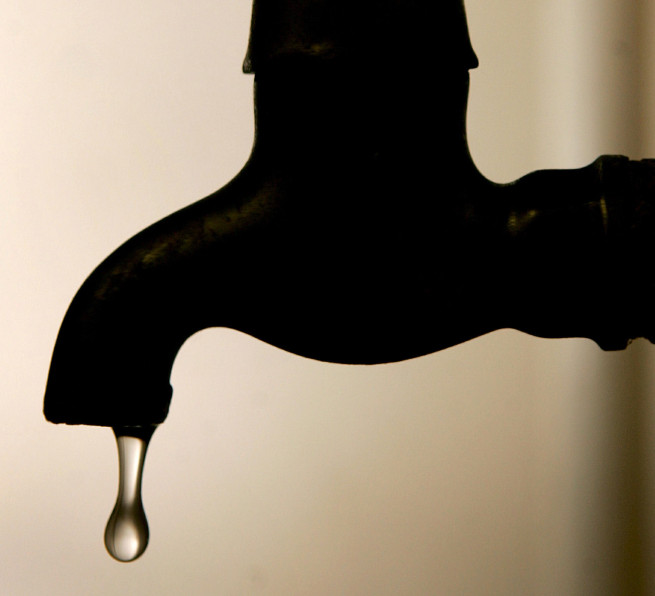A new analysis by NASA scientists reveals that it would take approximately 11 trillion gallons of water to remedy the drought that has plagued the Golden State for the last three years.
Data was collected by NASA’s Gravity Recovery and Climate Experiment (GRACE) satellites—which were the first to develop a calculation of how much water is necessary to address droughts—and presented on Tuesday, Dec. 16, at the American Geophysical Union meeting in San Francisco.
“Spaceborne and airborne measurements of Earth’s changing shape, surface height and gravity field now allow us to measure and analyze key features of droughts better than ever before, including determining precisely when they begin and end and what their magnitude is at any moment in time,” said Jay Famiglietti, who leads the team of NASA scientists at the Jet Propulsion Laboratory (JPL) in Pasadena, Calif. in analyzing GRACE data.
Findings showed that volumes of the Sacramento and San Joaquin river basins have been depleted by four trillion gallons of water annually since 2011. Earlier in the year, these basins were 11 trillion gallons below normal seasonal levels, exceeding the amount of water California’s population use per year.
Every day, each Californian consumes an average of 181 gallons of water, according to the USGS website, putting the statewide usage at approximately 2.5 trillion gallons per year.
GRACE data shows that about 66 percent of water loss in the Sacramento and San Joaquin river basins is because of groundwater depletion under the state’s Central Valley.
Related data from NASA’s Airborne Snow Observatory reveals that snowpack in California’s Sierra Nevada range is only half of previous estimates, according to a JPL release.
“The 2014 snowpack was one of the three lowest on record and the worst since 1977, when California’s population was half what it is now,” said Tom Painter, airborne snow observatory principal investigator of the Jet Propulsion Laboratory. “Besides resulting in less snow water, the dramatic reduction in snow extent contributes to warming our climate by allowing the ground to absorb more sunlight. This reduces soil moisture, which makes it harder to get water from the snow into reservoirs once it does start snowing again.”
While recent rainstorms have provided some relief to the parched state, experts say it will take much more to make a full recovery.
“It takes years to get into a drought of this severity, and it will likely take many more big storms, and years, to crawl out of it,” Famiglietti said.
(www.asianjournal.news)
(San Francisco December 19-25, 2014 Sec. A pg.1)






